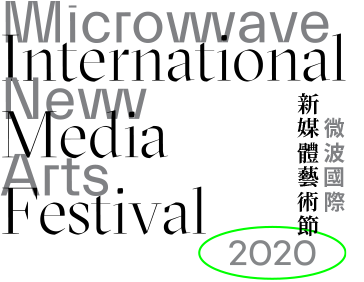

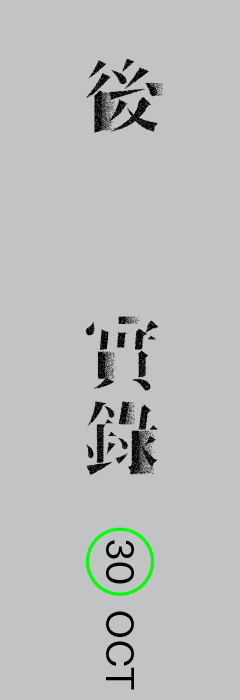
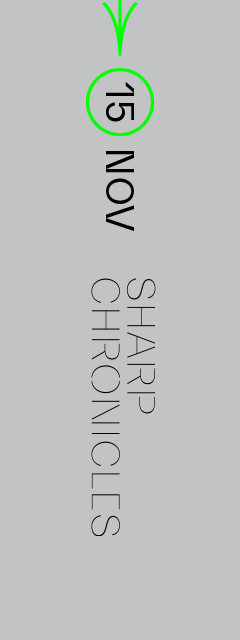




During this time we have become interested in the concept of triage as a fundamental organizing principle for deciding who lives and who dies when there are numerous injuries to contend with at one time. Most of us are familiar with this procedure due to its use in hospitals. There, where resources are plentiful, the person with the greatest injury receives the greatest share of resources and is treated before others of lesser injury. In the case of war, where resources are limited, the typical application of triage consists of designating who is most likely to survive an injury for the longest period of time, and they are treated first. Those with the worst injuries and those most likely to die are treated last, if at all. Unfortunately, triage applies not only to people, but to wildlife and the environment as well. Given limited resources, how do we organize the resuscitation and remediation of damaged or unhealthy ecosystems? Do we use the hospital model, the war model, or something else?

In Environmental Triage: An Experiment in Democracy and Necropolitics, CAE directly confronts its viewers with one of the many excruciatingly difficult choices in the organization of death in the Anthropocene. Given that resources for remediation of large bodies of water are limited and the cost can be extremely high, what is the best strategy to do the most good and distribute the greatest ecological justice for the wild and for society? Do we focus on that which is most ill, or do we cut our losses and opt to preserve those bodies of water that are the healthiest? Or should we abandon any preservationist strategy, and transform the pollution problem into a technical problem (solutionism), and focus on public waterworks with better filtering and recycling systems?

Harkening back to one of the great necropolitical art works, Hans Haacke’s 1970 MOMA Poll at the Museum of Modern Art in New York, CAE asks the attending public to vote on what should be done about water in Hong Kong and the surrounding region. By the end of the exhibition, we should have a compelling visualization of the level of consensus that exists locally of how triage in the wild, as it relates to water resources, should be organized (if at all).

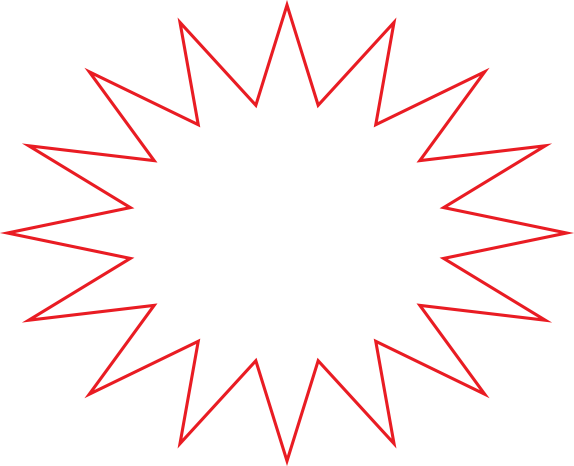
在這段時間裡,我們對「分流」這個概念生起興趣,這是一種基本的組織原則,可用以決定在應對同一時間發生的大型傷害事件中誰生誰死。由於它被醫院所使用是故大部份人都熟知這概念及程序;如是說,在資源足夠的情況之下,受傷較重的被分發到最多的資源並且在其他受傷害較小的人之前得到治療。在戰爭的情形當中當面對有限資源,正常分流法就是先治療具有較長時間存活可能性的人,而相對受傷較重及那些存活可能性不大的傷者則會被延至最後才處理。可惜的是,分流法不單只用於人類也用於環境與野生生態。在有限資源的情況下,我們如何組織對受損或不健康的生態系統進行修補復甦?我們應該要運用醫院模式還是戰爭模式?還是有別的可能性?
在《環境分流:一個關於民主與死亡政治的實驗》中﹐CAE會在人類世(人新世)的死亡組織中直接面對觀眾,並提出許多痛苦又困難的決擇之一予大眾。鑑於修復大量水源所提供的資源有限,而成本可能極高,究竟有什麼是最好的策略可以為野生生物以及我們的社會作出最好和最生態正義的利益分配?我們應不應該把專注力放在病情最嚴重的區域?還是我們要止損繼而去保存那些現時最健康的水源?還是我們應該放棄任何保存策略,轉化環境污染問題到去解決技術問題為主的策略(解決主義)並專注在公共水利設施上建構更佳的過濾及循環系統?回顧漢斯.哈克在1970年於現代藝術博物館所舉行的作《現代藝術博物館投票》,這是其中一件最偉大的死亡政治藝術品;是次作品中CAE要求在場公眾即時投票去決定對香港以及鄰近地區的「水」所應該採用的措施。在展覽結束之時,我們應該對本地關於如何處理水的措施有一個野外分流的共識(如果有的話),以及有一個令人信服又可視化的處理措拖(如果有的話)。

Consultation, maps & underwater photos 顧問、地圖及海底照片
Dr. David M. Baker and
Dr. Shelby McIlroy
The Swire Institute of Marine Science, University of Hong Kong
香港大學太古海洋科學研究所
Photos 照片
Luke Lau
Artist biography 藝術團隊簡介
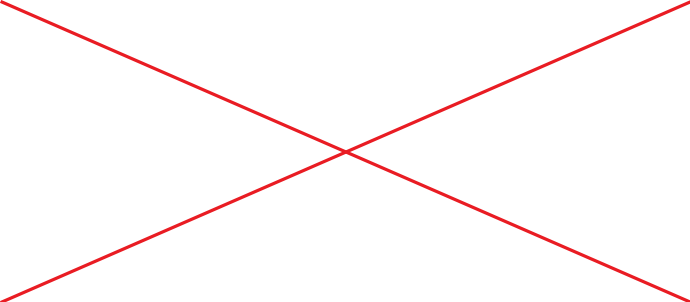
Founded in 1987, CAE is an award-winning collective of artists of various specializations—including computer graphics and web design, wetware, film/video, photography, text art, book art, and performance—dedicated to exploring the intersections between art, technology, political activism, and critical theory. For more than two decades CAE has produced and exhibited work that examines questions surrounding information, communications, bio-technologies, and ecological systems. The collective has performed and produced a wide variety of projects for an international audience at diverse venues ranging from the street, to the museum, to the Internet, and has been invited to exhibit and perform in many of the world’s leading cultural institutions—including The Whitney Museum and The New Museum in NYC; The Corcoran Museum in Washington D.C.; The ICA, London; Schirn Kunsthalle, Frankfurt; Musée d’Art Moderne de la Ville de Paris; The London Museum of Natural History; and many more. The collective has written 6 books, and its writings have been translated into 20 languages. CAE’s work has been covered by most major art journals, including Artforum, Kunstforum, and The Drama Review.
CAE於1987年成立,是一個屢獲殊榮的藝術組織,他們的人員來自不同的專業領域以及具有多元的創作背景,包括網頁設計、電腦繪圖、濕件、電影/錄像、攝影、文字藝術、書本藝術與表演,團隊致力於探索跨藝術、科技、政治激進主義及批判性理論的領域。在過去廿多年間,CAE製作過許多作品旨在提出有關信息、傳訊、生物科技及生態系列的問題。團隊在街頭、博物館、互聯網等各種場所為國際觀眾演出並且製作過許多各不同類型的項目,亦曾受多個國際領先的文化機構所邀去參展及表演,包括惠特尼美國藝術博物館、紐約的新博物館、華盛頓的柯克倫博物館、倫敦的ICA、法蘭克福的Schirn Kunsthalle、巴黎現代藝術博物館及倫敦自然歷史博物館等。團隊曾著寫共六部書籍,其著作已被翻譯成廿種語言。CAE的作品曾被最主要的藝術雜誌及期刊所報導,包括Artforum、Kunstforum 和 The Drama Review。

CAE
批判藝術組合